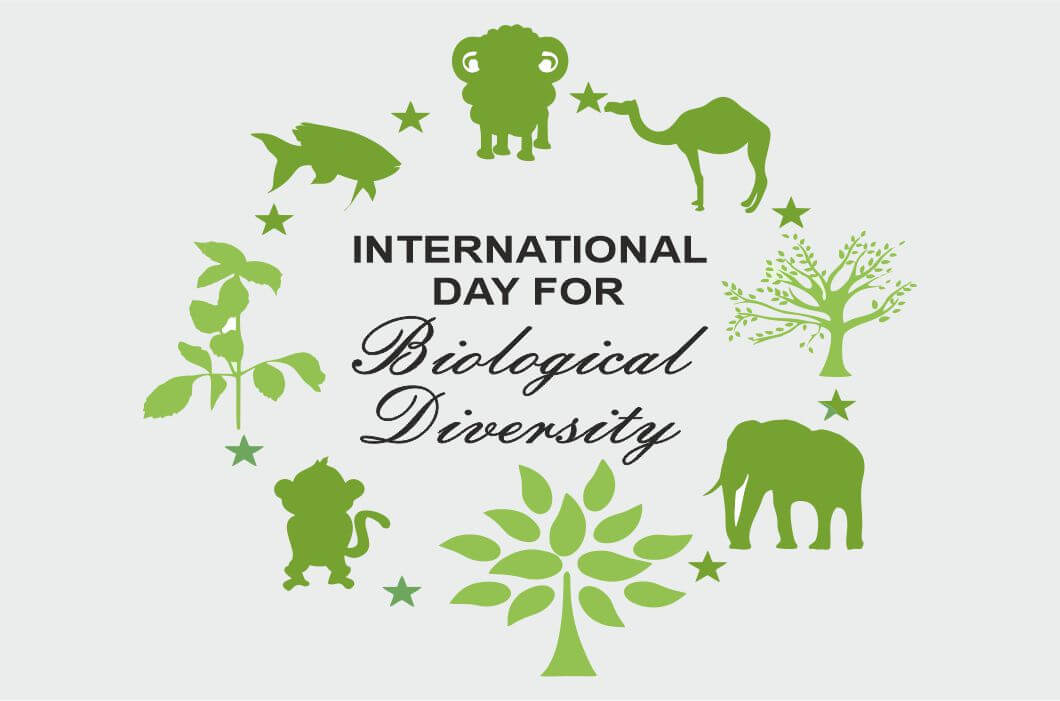The International Day for Biological Diversity is observed on May 22nd to promote awareness of the critical importance of biodiversity preservation. Geneva is home to various organizations working to protect biodiversity as a global hub for environmental governance.
Every year on May 22, the International Day for Biological Diversity attempts to raise awareness and knowledge of biodiversity challenges. Although it was originally observed in late December, the United Nations General Assembly later agreed to change the date to May 22 to mark the 1992 adoption of the Convention on Biological Diversity (CBD).
The Sustainable Development Goals (SDGs) of the UN Post-2015 Development Agenda include the International Day for Biological Diversity. In the Rio+20 result paper "The World We Want: A Future for All," the important role of biodiversity in sustainable development was acknowledged.
The theme for International Day for Biological Diversity 2022 is “Building a Shared Future for all Life.” The slogan expresses the notion that biodiversity is the foundation upon which we may rebuild better. This is in the context of the ongoing United Nations Decade on Restoration, which stresses that biodiversity is the answer to various sustainable development concerns.
Save biodiversity to save human life.
.jpg)
More than 3 billion people rely on marine and coastal biodiversity for their livelihoods, while another 1.6 billion rely on forests, according to the United Nations. Conservation of all Earth's species is no longer only altruistic; it is critical to human survival.
Although biodiversity is critical to human survival, humans are the ones who pose the greatest damage to it.
Climate change has a number of irreversible effects on biodiversity.
- As a result of climate change, the polar bear population in Canada has declined by 22% in the last thirty years.
- Due to environmental dryness caused by global warming, up to 74 species of cloud forest frogs have already vanished. In order to incubate their eggs, these amphibians require precise humidity conditions, which are no longer present in many environments.
- In just a few decades, the population of the flycatcher, a bird that resides in the Netherlands, has decreased by 90%. Once again, climate change is to blame for a shift in behavior among his food supply.
- Due to intensive farming practices, such as excessive tillage and chemical use, epigeic earthworms (surface dwellers) have vanished in several fields in the United Kingdom. Their extinction entails poor soil fertility, poorer crop yields, and carbon loss from the soil, all of which contribute to climate change. These earthworms play a major role in agriculture by facilitating good crop yield through vermicomposting.
.jpg)
Share this blog to spread this information and create awareness!
